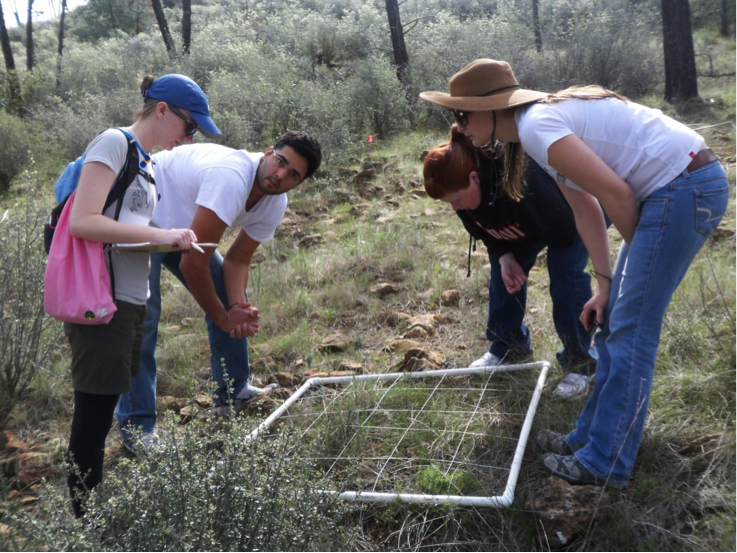
University capstone projects can offer science students a rich research experience that illustrates the process of doing scientific research, and can also help students better choose future academic and career pathways. While capstone projects are an effective component of students' learning in the sciences, they are resource and labor intensive for supervising faculty and are not always logistically feasible in understaffed and/or under-resourced departments and colleges. A good compromise is to incorporate a significant research component into upper division classes. This article documents a project I have incorporated into a plant ecology course that I teach every spring. This project gives students a taste of what practicing ecologists do in their professional lives. Students learn how to survey vegetation and environmental factors in the field, apply several statistical analysis techniques, formulate testable hypotheses relevant to a local plant community, analyze a large shared data set, and communicate their findings both in writing and in a public presentation. Over the weeks required for this project, students learn that doing science is quite different from how they typically learn about science. Most say that, while this project is one of the hardest they have completed in their time in university, they appreciate being treated like a fellow scientist rather than as "just a student." Additionally, students' findings often reveal complex and subtle interactions in the plant community sampled, providing further insight to and examples of emergent properties of biological communities.